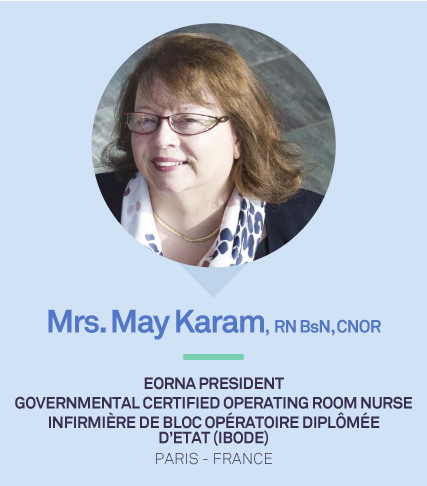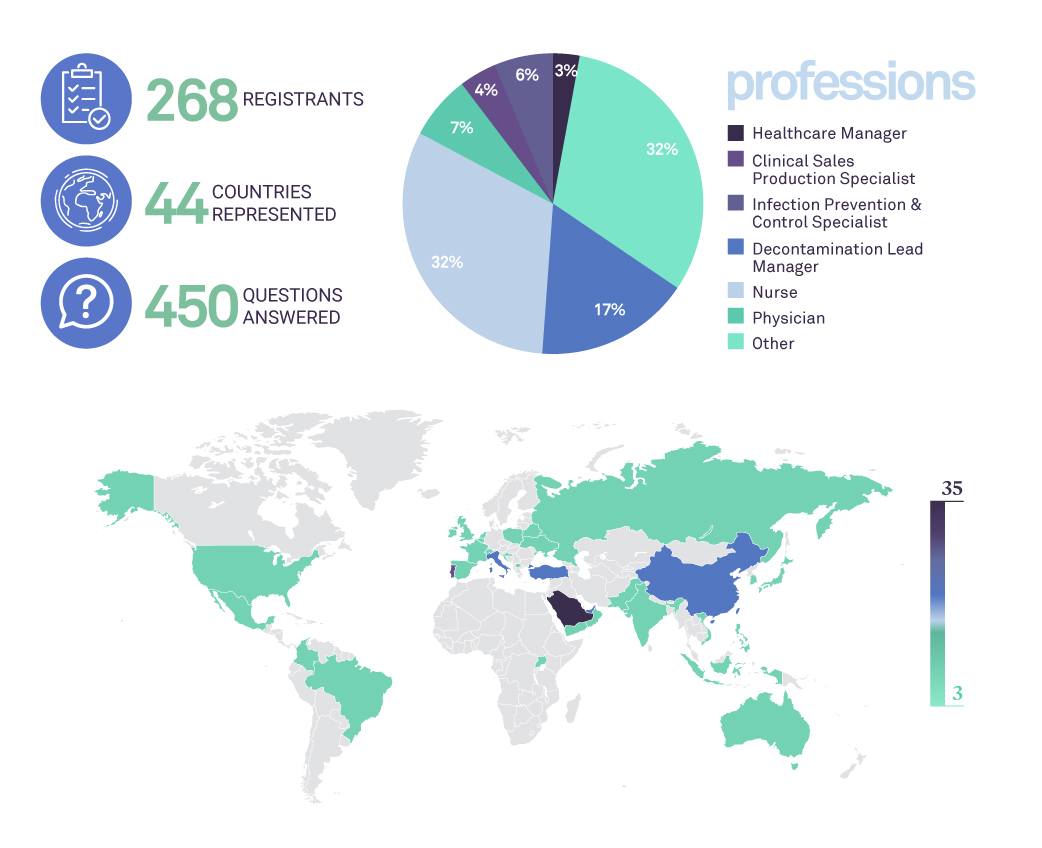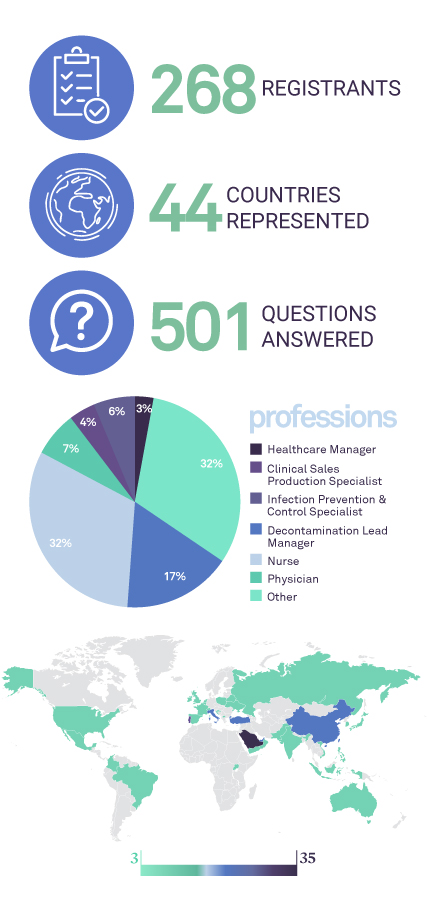During the fourth webinar, Mrs. May Karam, RN BsN, CNOR, will talk about Medical Device Reprocessing in the Circular Economy – Onsite vs Offsite.
The Central Sterile Processing/CSSD is one of those departments that operate behind the scenes of the hospital or in an outside facility. It is an essential link to ensure safe care for the patient.
Sterilization is an operation that consists of totally and permanently eliminating all microorganisms on a medical and surgical device.
Without the skills of the sterilization unit, the operating rooms would not function. How are they organized?
Should hospitals outsource sterilization services to an external structure (off-site)?
Hospitals can choose to have their own sterilization site or to outsource this service to an external structure. The choice is not simple because many factors come into play, which are economic and organizational.
Each choice has its advantages and disadvantages.
Should Hospitals choose to have their own sterilization site (on-site)?
Hospitals can choose to have their own sterilization site or to outsource this service to an external structure. The choice is not simple because many factors come into play, which are economic and organizational.
Each choice has its advantages and disadvantages.
Central sterilization is a production unit. In general, we use sterile materials in a linear economy model: produce, use and discard. It is important to question ourselves and think about how to protect the Planet at our level and adopt the circular economy model: produce, use and recycle. We apply this in our private life, but it is also applicable to the hospital.
This is the fourth webinar dedicated to “Medical Device Reprocessing in the Circular Economy – Onsite vs Offsite“, presented by ASP Continuous Education.
27th of October 2022


- President of European Operating Room Nurses Association (EORNA), Governmental Certified Operating Room Nurse (IBODE)
- RN, BSN Nurse in a surgical ward, in hemodialysis unit and intensive care unit.
- Heart surgery unit, ICU, and operating room for six years.
- 2 years in Central Sterile Supply Department (CSSD)
- Master in Health safety and Risk management in healthcare facilities.


MESSAGES
- CSSDs play an important role in patient care, patient safety and infection prevention: Reprocessing of MDs is an indirect patient care that must be provided by skilled personnel. It is extremely important to provide a high quality and reliable process by applying validated and up-to-date procedures.
- On-site CSSD has advantages, especially for large healthcare facilities with a large volume of MD to be processed. The proximity of the CSSD saves time for the MD processing since there are no transportation to consider. However, this entails enormous costs in terms of equipment, materials, personnel and maintenance.
- Off-site CSSD is less costly for small health care facilities which have less volume of MD to be processed. However, it is important to organize it very carefully, considering all the steps of the process to avoid problems such as reprocessing errors, loss of MD or delays in delivery.
- In a nutshell, either choice can be beneficial to a healthcare facility. The important thing is to adapt the best solution to the needs, to forget about prejudices and to be objective when taking decisions.
- The health of the Earth is deteriorating! It is becoming urgent to “think green” and to act for a positive change in our way of life and in our workplace. We realize how important it is to “think green” in CSSDs by saving costs, stopping the waste and finding sustainable solutions for reprocessing RMD. Several examples in healthcare, showcase the impact of Circular Economy on this cost reduction (SUD, medical waste, water, energy, etc.). There is also literature and governmental directives (eg. ISO14001) to guide us, but what is important is that each of us becomes an actor in this change.



